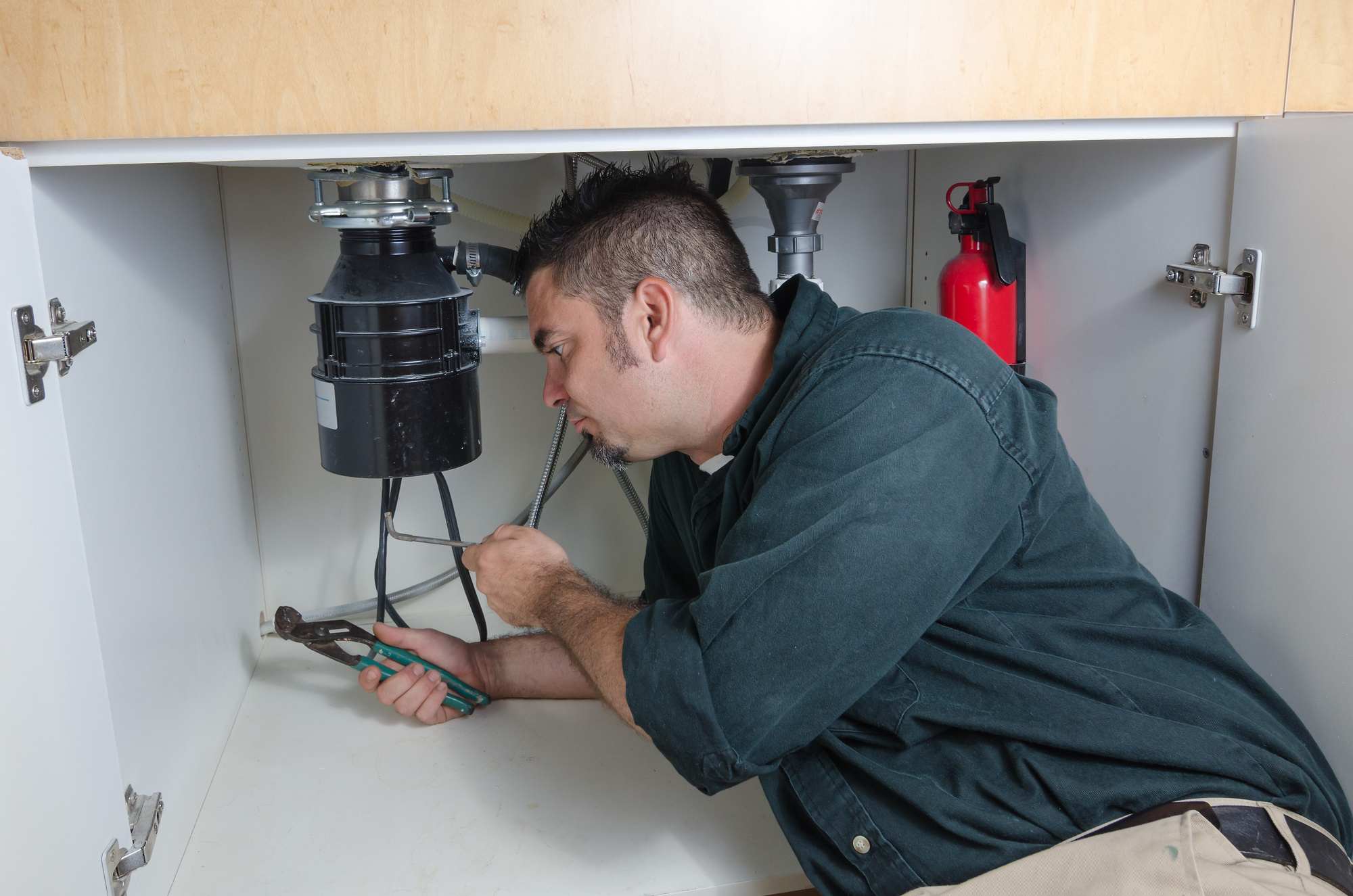Clanking noises, inexplicable clogs, and water leaks are all signs that your garbage disposal is on its last legs. The typical lifespan of a disposal unit is twelve years. If your waste disposal has bad symptoms and is around twelve years or older, it may be time to replace it.
Fortunately, garbage disposal installation isn’t rocket science, even if you don’t have much plumbing experience. If you like to tackle DIY projects, you might be surprised at how easy it is. However, you’ll need the right tools, equipment, and a basic familiarity with household mechanical tasks.
Are you ready for this challenge? Follow the instructions on this guide for a hassle-free installation.
Table of Contents
Getting Things Ready
Before anything else, you should give thought to what kind of disposal device you need.
Garbage disposals are not one-size-fits-all. If you ask around plumbing companies, they’ll offer various options. For example, Anchor Plumbing Services has several models of disposal units depending on what you’re looking for.
The specifications depend largely on the amount of waste you produce each day. This will determine if you want a more powerful motor or if you need a continuous feed vs. batch feed model. Other features that might interest you include a connection to the dishwasher or a quieter motor.
You should also prepare the following tools and materials:
- screwdriver
- hacksaw
- water pump pliers
- hammer
- plumber’s putty
- new power cord (or reuse the old one)
- drain pipe extension (if necessary)
- bucket
Unplugging the Old Disposal
Before working on any electronic device, you have to disconnect the power first. For most disposals, this step is as simple as unplugging it from the outlet. After you unplug, keep the power cord because most new disposals don’t come with it.
There are cases where the appliance is directly connected to the circuit, especially in older installations. To cut off the power, you should turn off the circuit breaker or remove the fuse from the electrical service panel.
Removing the Old Device
The following are the steps to disengage the old garbage disposal from the sink and other attachments.
- Start by detaching the drain connections. If your waste disposal is connected to a dishwasher, you can use a screwdriver to release the dishwasher hose.
- The next step is to detach the P-trap waste line by using the water pump pliers to unscrew the slip-nut that connects the disposal to the trap. Place a bucket underneath to catch any wastewater that may pour out as you’re doing this procedure.
- Once you sever the drain connections, you can now undo the attachment of the unit from the sink mounting assembly. Do this by inserting a screwdriver through one of the mounting ring ears. Use the screwdriver for leverage to turn the ring counterclockwise until it loosens up.
- After that, you can take apart the rest of the old mounting assembly. There are three mounting screws that you need to unfasten before you can separate the other parts. Use a putty knife scrape off all the old putty from the drain hole.
Preparing the New Garbage Disposal
Before you can mount the new disposal, you have to attach the power cord first. Flip the device upside down and remove the electrical plate at the bottom.
Connect the color-coded wires of the disposal and the cord using wire nuts. Just match the colors (black to black, white to white, and green ground lead to green). Then tuck the connected wires into the box and replace the cover plate.
If you’re going to connect the disposal to a dishwasher, you must take out the knock-out plug from the dishwasher inlet. This is located at the top of the waste disposal.
New Garbage Disposal Installation
You’re now ready to install the new unit. Here are the steps.
- The first step is installing the new mounting assembly. Roll up plumber’s putty to form a snake that’s about a half-inch thick and wrap it around the drain flange. Insert the flange into the sink opening and press down evenly against the putty.Now working from underneath the sink, slide the fibrous gasket, backup flange, and mounting ring over the tail end of the drain flange. Hold them in place and use a screwdriver to pull the snap ring over and into the groove of the drain fitting. Tighten up the three mounting screws to secure the assembly.
- You can now mount the garbage disposal by lifting and lining it up with the mounting ring. Rotate the locking ring or the top collar of the disposal until the three tabs catch and are locked into the assembly. Don’t tighten the collar yet and just let the appliance hang by itself.
- You are now ready to connect the drain lines. You can use your old discharge tube but it has to be the right length. If it’s too long, you can cut it with a hacksaw but if it’s too short, you’ll have to purchase a new one or use pipe extensions.Insert the discharge tube into the disposal outlet then turn the disposal so that the tube aligns with the drain trap. Now it’s just a matter of connecting the discharge tube to the p-trap waste line. Make sure that the connections are fit and tight.
After that, you can connect the dishwater line to the spot where you removed the knock-out plug.
- The last step is to lock the waste disposal in place by using a screwdriver to turn the locking ring clockwise. A special wrench may have been included with the device for this purpose.
Testing the Garbage Disposal
Before flipping it on, test for leaks first by turning on the water and letting the water run through the disposal. If you observe leaks, tighten the loose connections.
If there are no leaks, you can plug in the waste disposal and begin testing its operation. Run some food waste through the disposal and check if it grinds properly.
Putting Everything Together
If you’ve followed all the instructions, congratulations! If everything works correctly then the garbage disposal installation is now finished. Enjoy your new disposal unit and the savings that you made by not hiring a professional.
Are you a DIY enthusiast? If the answer is yes, then keep browsing our site for more DIY articles.


















